Related Research Articles
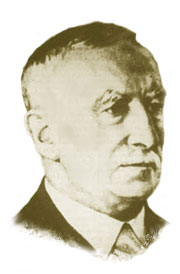
Sir Albert Howard was an English botanist. His academic background might have been botany. While working in India he was generally considered a pathologist; this more than likely being the reason for his consistent observations of the value of compost applications being an increase in health. Howard was the first Westerner to document and publish the Indian techniques of sustainable agriculture. After spending considerable time learning from Indian peasants and the pests present in their soil, he called these two his professors. He was a principal figure in the early organic movement. He is considered by many in the English-speaking world to have been, along with Rudolf Steiner and Eve Balfour, one of the key advocates of ancient Indian techniques of organic agriculture.

Harold Maxwell-Lefroy was an English entomologist. He served as a Professor of Entomology at Imperial College London before moving to India where he took over the position of entomologist to the government of India from Lionel de Niceville. He was later made the first Imperial Entomologist to India. He left India after two of his children died from insect-borne diseases. He worked on applied entomology and initiated experiments on the use of chemicals to control insects. A formula he developed was utilized to save Westminster Hall from destruction by wood-boring beetles, while others were used to control lice in the trenches during the First World War. The success of his chemicals led to increased demand and the founding of Rentokil, a company for insecticide production. He was killed in an accident while experimenting with fumigants to control insects.
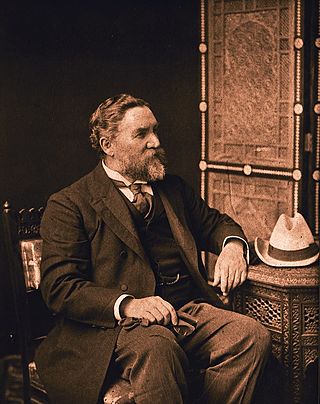
Sir George Watt was a Scottish physician and botanist who worked in India as "Reporter" on economic botany and during the course of his career in India he compiled a major multivolume work, TheDictionary of Economic Products of India, the last volume of which was published in 1893. An abridged edition of his work was also published as the single volume Commercial Products of India in 1908. He is honoured in the binomials of several plants named after him.
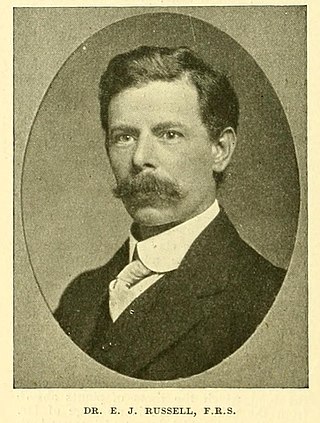
Sir Edward John Russell was a British soil chemist, agriculture scientist, and director of Rothamsted Experimental Station from 1912 to 1943. He was responsible for hiring R A Fisher for statistical research at Rothamsted and driven by concerns over a lack of international information exchange about agriculture, he initiated the Imperial Agricultural Bureaux, which later became the Commonwealth Agricultural Bureaux.
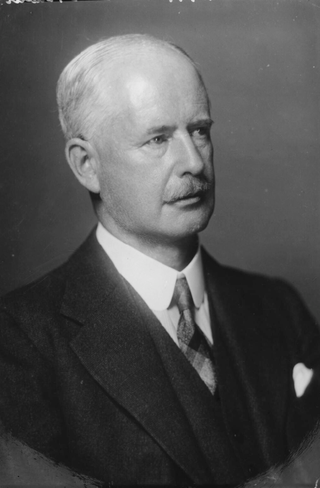
Sir Edwin John Butler was an Irish mycologist and plant pathologist. He became the Imperial Mycologist in India and later the first director of the Imperial Bureau of Mycology in England. He was knighted in 1939. During his twenty years in India, he began large scale surveys on fungi and plant pathology and published the landmark book Fungi and Disease in Plants: An Introduction to the Diseases of Field and Plantation Crops, especially those of India and the East (1918) and has been called the Father of Mycology and Plant Pathology in India.

James Sykes Gamble was an English botanist who specialized in the flora of the Indian sub-continent; he became Director of the British Imperial Forest School at Dehradun, and a Fellow of the Royal Society.

Sir Robert Nathan (1868–1921) was a British intelligence official notable for his work against the Indian revolutionaries in Bengal, Britain and North America.
Robert Scott Troup CMG CIE FRS was a British forestry expert. He spent the first part of his career in Colonial India, returning to England in 1920 to head Oxford's School of Forestry.
Winter Charles Renouf CIE was a British member of the Indian Civil Service who specialised in agriculture. He was also a justice of the peace in India, official member of the Central Legislative Assembly, and political agent at Bahawalpur. In 1921, he was president of the Cantonment Reforms Committee set up by the Government of India. He retired in 1922.
Herbert George Billson (1871–1938) was a British colonial administrator and natural scientist who worked for the Imperial Forestry Service in India and became Chief Conservator of Indian Forests.
Rai Bahadur Sir Badridas GoenkaCIE was an Indian industrialist and business tycoon who served as the Chairman of the Imperial Bank of India from 1933 to 1955 and the first Chairman of the State Bank of India upon its formation in 1955.
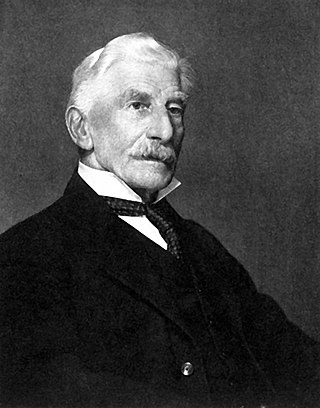
John Augustus Voelcker CIE was an English agricultural chemist and the second son of the German-born English chemist Augustus Voelcker (1822–1884). John Augustus (Jr.) succeeded his father as consulting chemist to the Royal Agricultural Society of England and continued research on soil fertility. He headed a committee that examined issues in Indian agriculture in 1891.
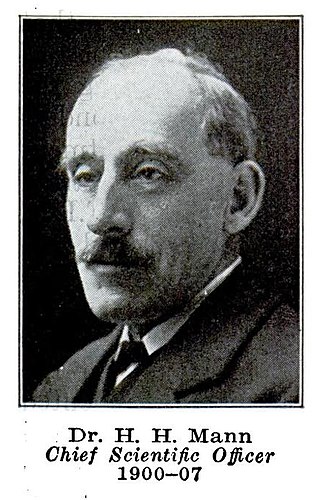
Harold Hart Mann was an English chemist, bacteriologist, and agricultural scientist who worked in India serving as principal of the College of Agriculture, Poona. He was a specialist on tea cultivation but later became a pioneer of sociological research.
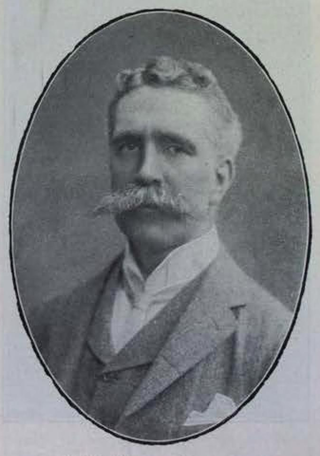
John Walter Leather was an agricultural chemist who worked in India as the first Imperial Agricultural Chemist at the Imperial Agricultural Research Institute in Pusa, Bihar. Appointed in 1892, he worked on a variety of agricultural production and chemistry related issues in India.
Cyril Jonas Bergtheil known from around 1916 as Cyril Jonas Berkeley was an English chemist, bacteriologist, and zoologist of German ancestry. He worked in India from 1902 to 1912 serving as an Imperial Bacteriologist and later collaborated with his wife Edith Berkeley in studies on polychaetes.
Imperial Bacteriologist and Imperial Agricultural Bacteriologist were designations in the British Indian government. The positions involved work related to aspects of applied bacteriology. The position in agriculture, first occupied by C.J. Bergtheil, involved problems relating to fermentation and chemistry in the production of indigo. On the veterinary side, Imperial bacteriologists worked on veterinary health with the stated terms of reference being to investigate disease of domesticated animals in all provinces in India and to ascertain, as far as possible, by biological research both in the laboratory and, when necessary, at the place of outbreak, the means for preventing and curing such disease. The position was held by:

Lt. Col. John Dalrymple Edgar Holmes was a British veterinary scientist and bacteriologist who worked in India as Imperial Bacteriologist. He worked on the production of veterinary vaccines especially for rinderpest.

Harold Joel Conn was an American agricultural bacteriologist, known for his work on soil microbiology and bacterial staining techniques. He was one of the founders of the Biological Stain Commission and also founded their journal, Stain Technology. He served as president of the Society of American Bacteriologists in 1948.
Sheila Leather was an engineer, business owner and president of the Women's Engineering Society in 1950–51.
Sir Eric Cecil Ansorge, CSI, CIE, FRES was a British Indian Civil Service officer who worked in Orissa and Bihar in India. He was also a keen amateur entomologist, writing an official report on silk industry along with Harold Maxwell-Lefroy while in India apart from making collections of beetles and butterflies. He was knighted upon his retirement in 1946.
References
- 1 2 3 Butler, E. J. (1941). "Mr. C. M. Hutchinson, C.I.E." Nature. 148 (3752): 367. doi: 10.1038/148367a0 .
- ↑ Hutchinson, C.M. (1920). Pebrine in India. Memoirs of the Department of Agriculture in India. Volume I. No. 8. Calcutta: Thacker, Spink, & Co.